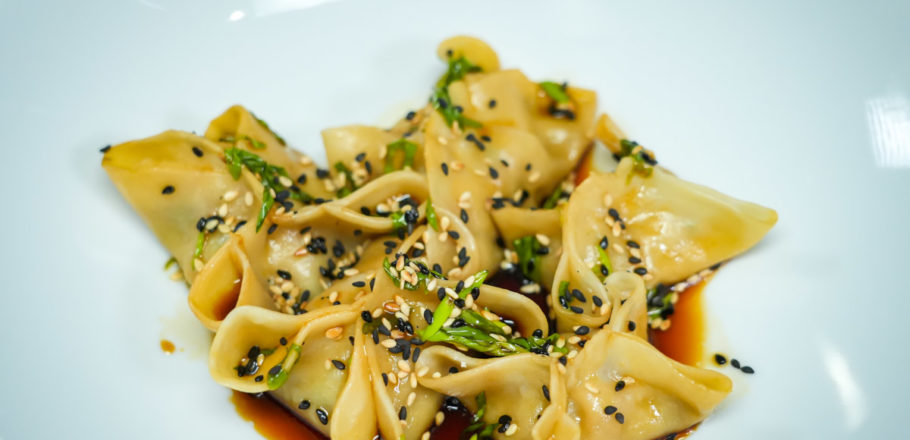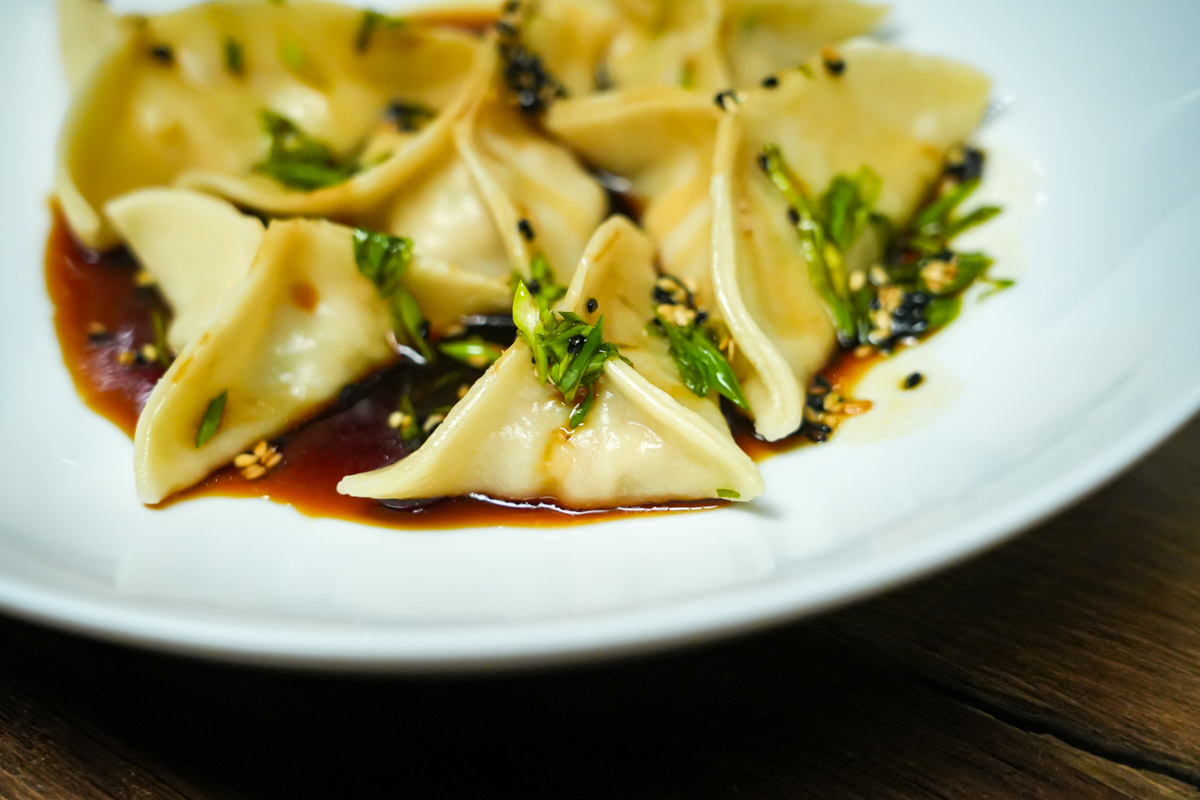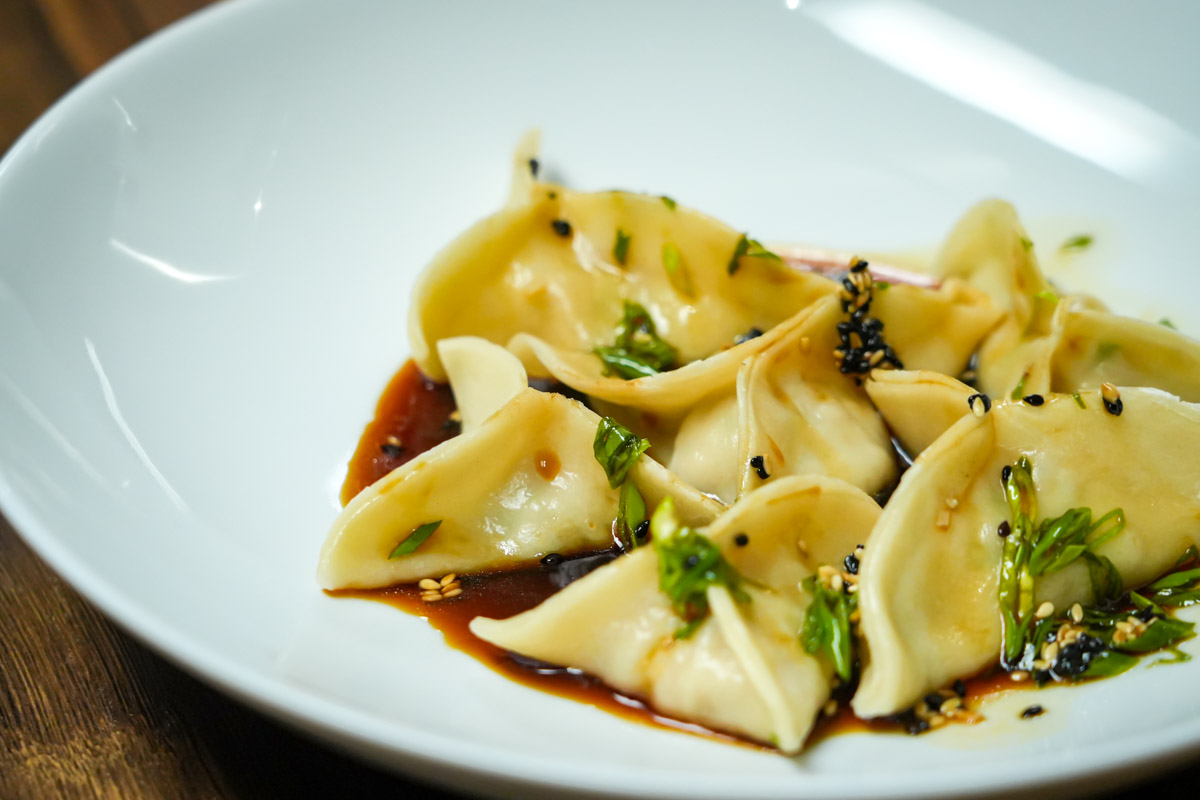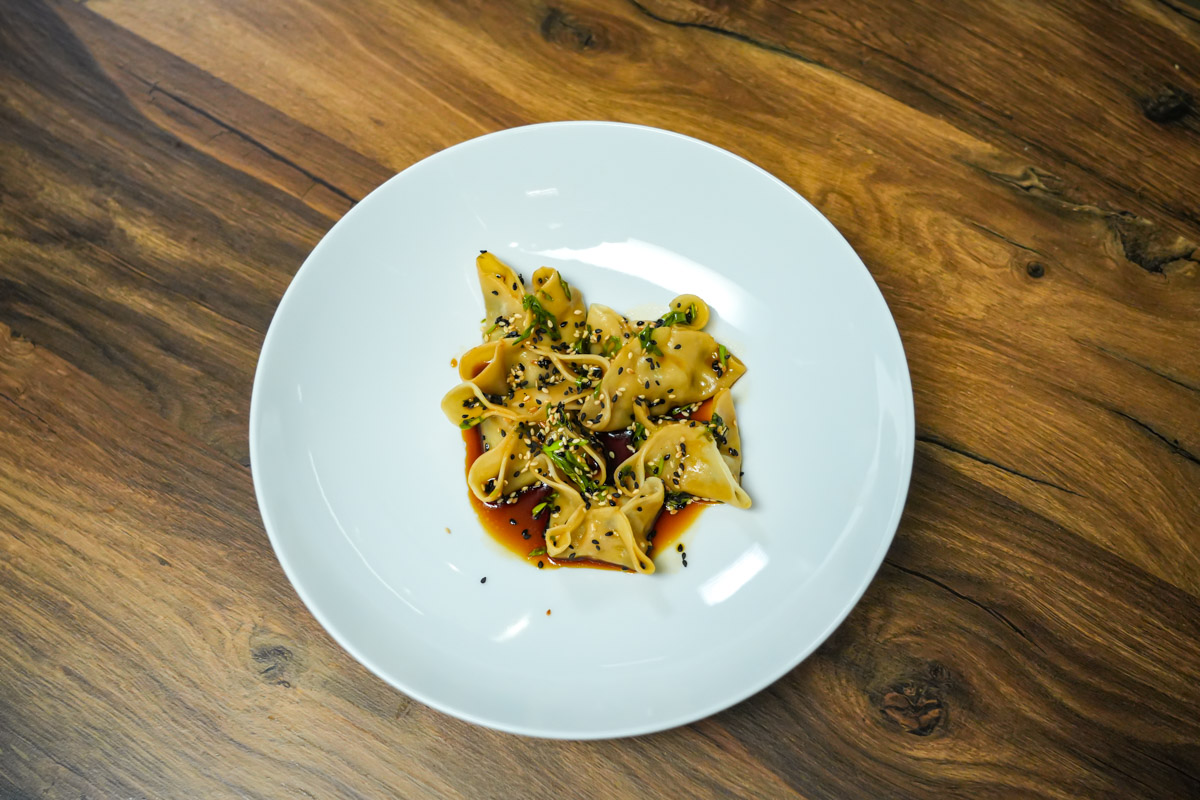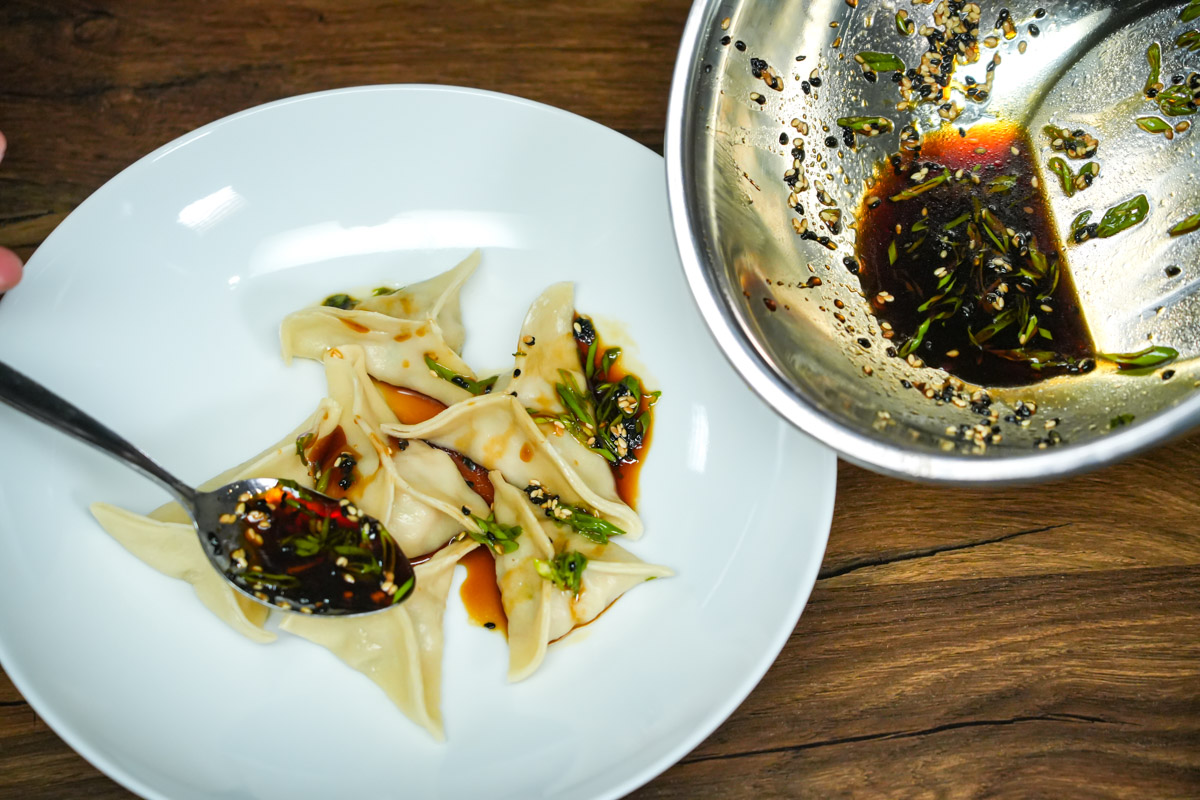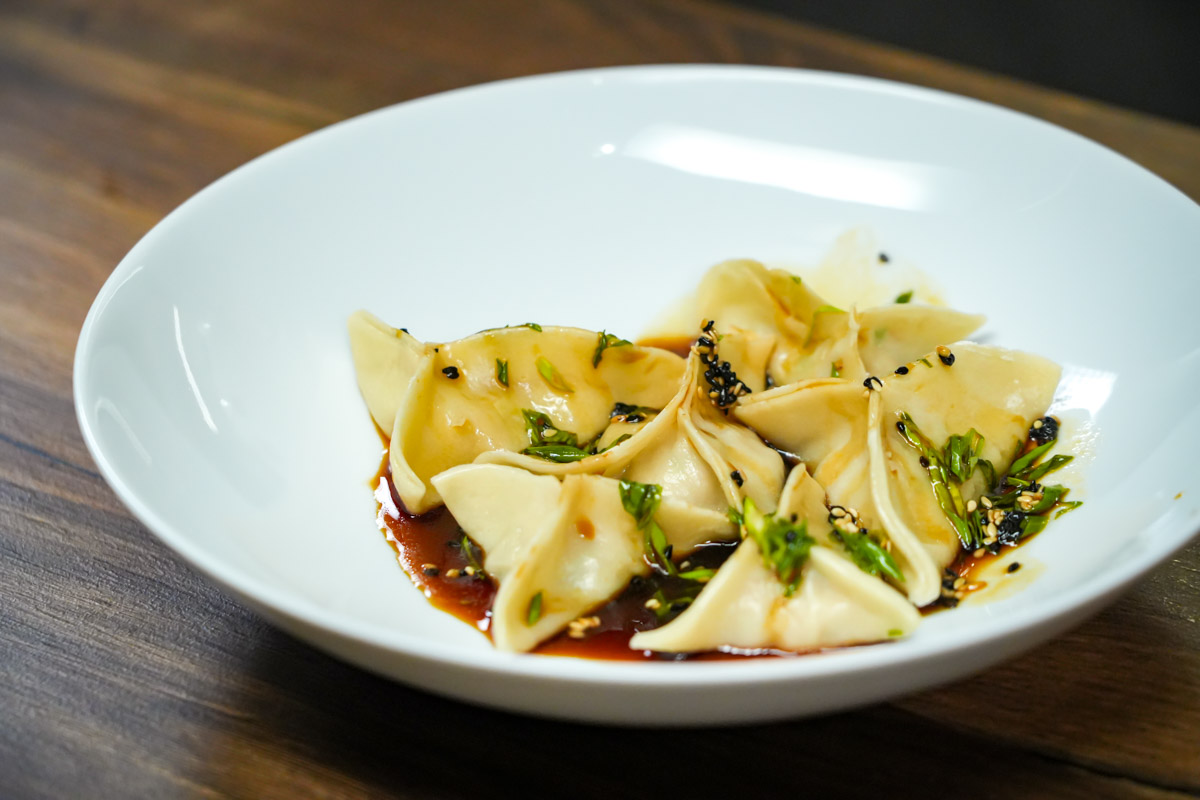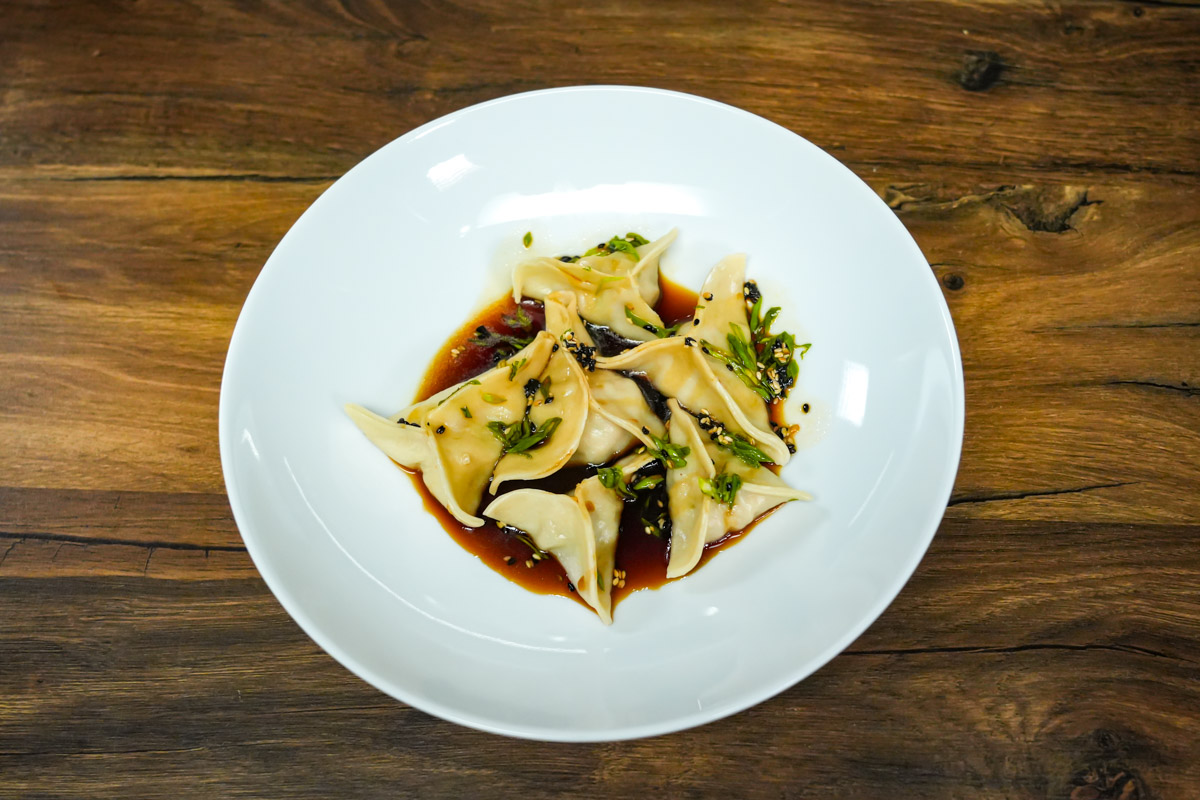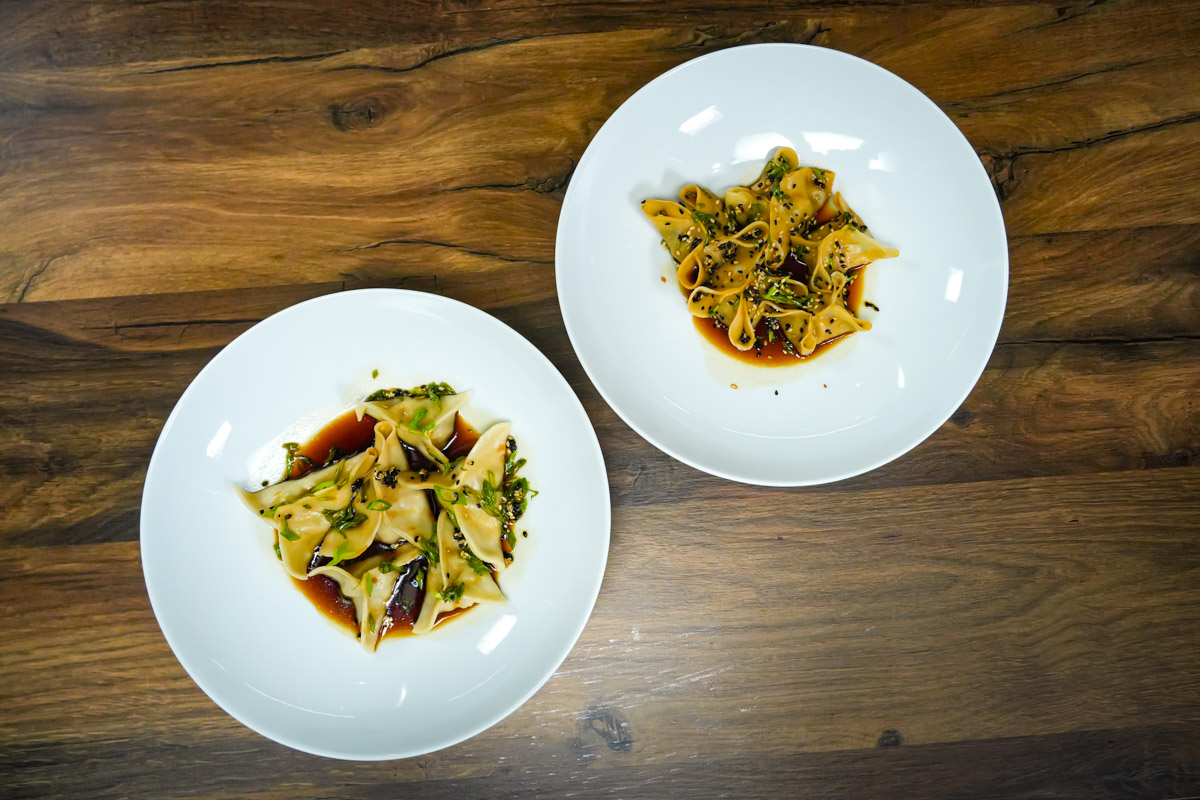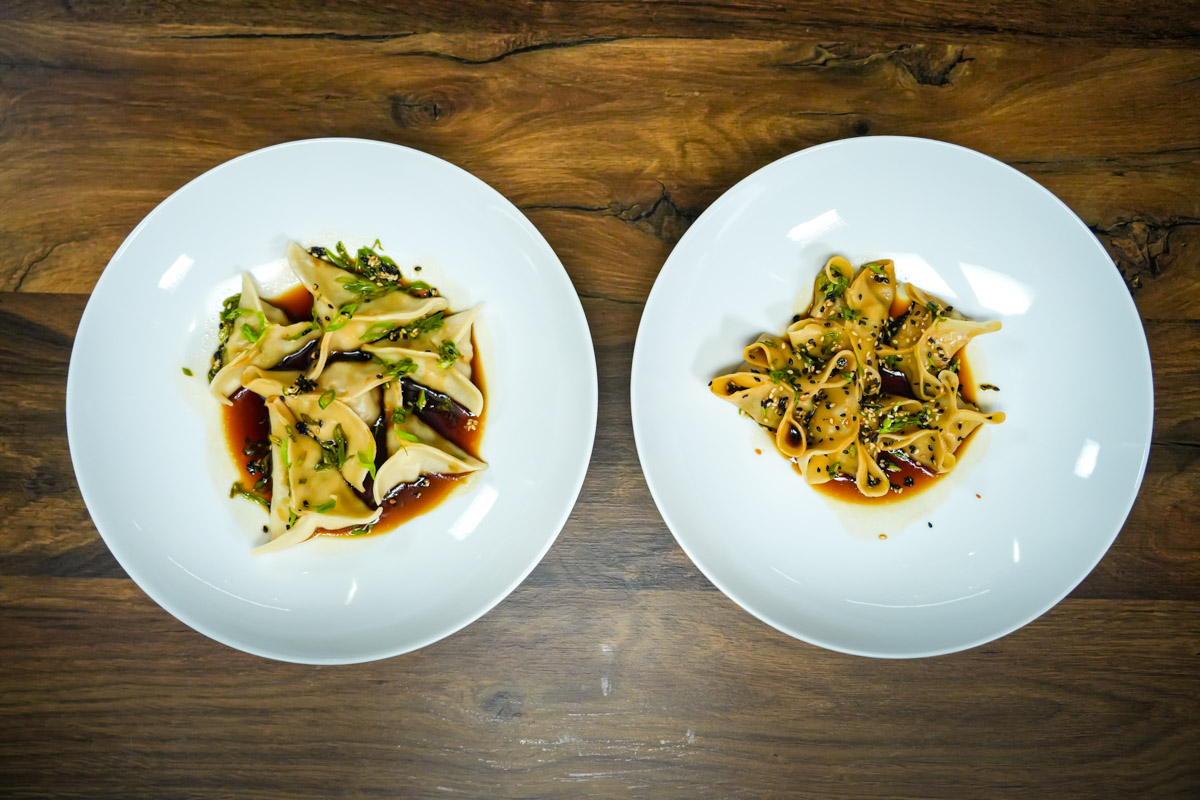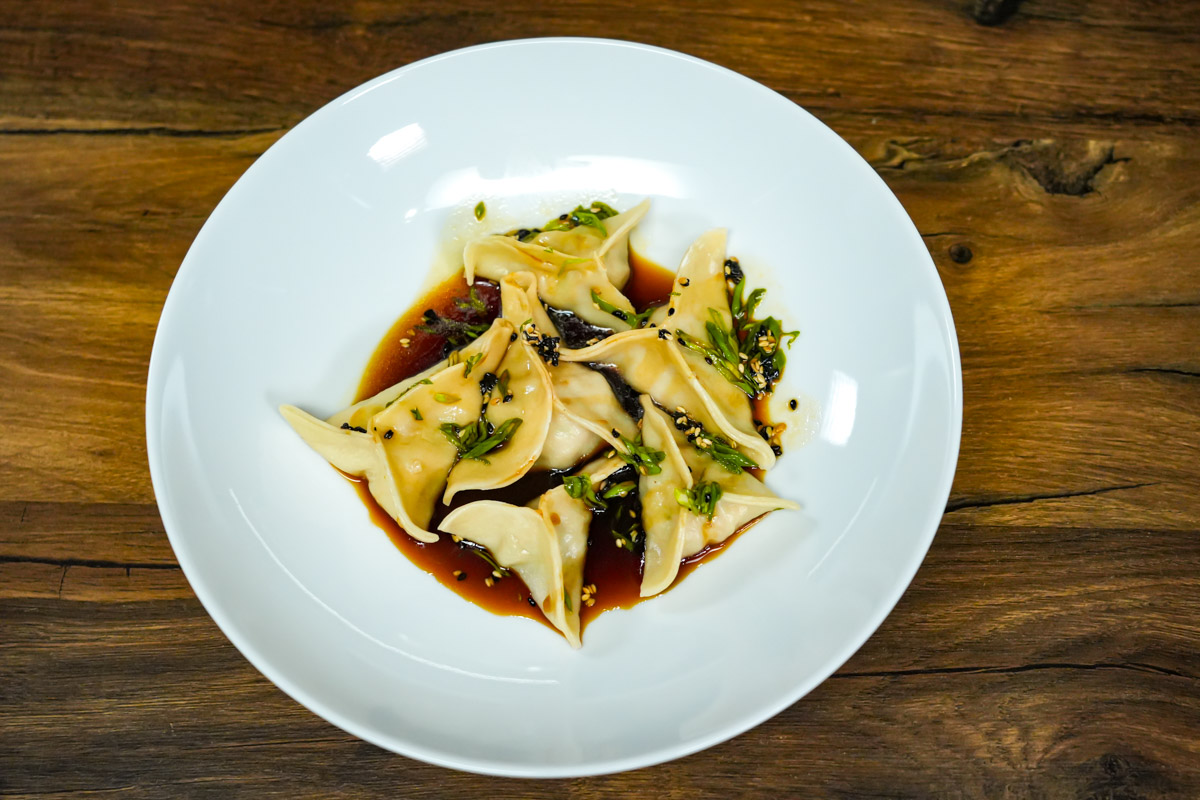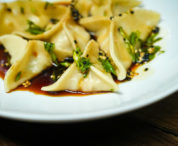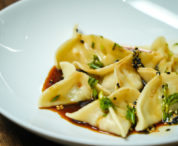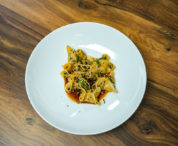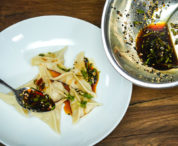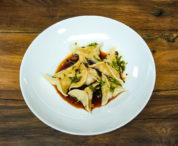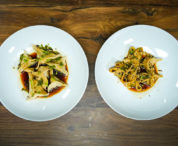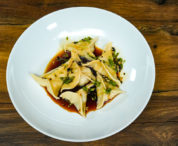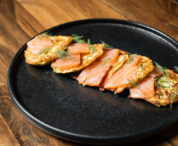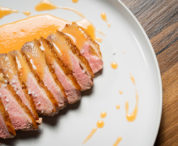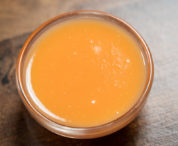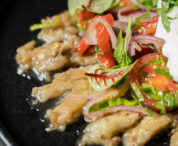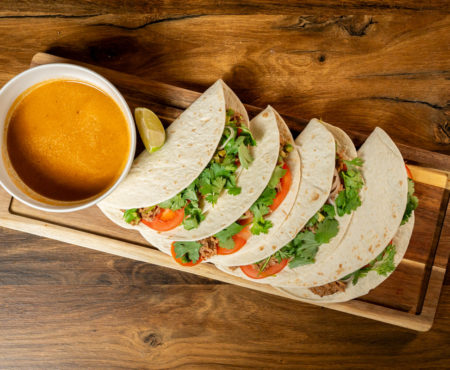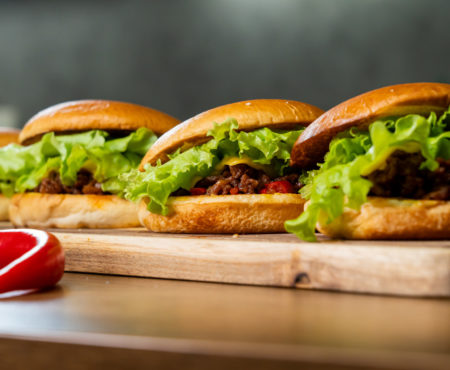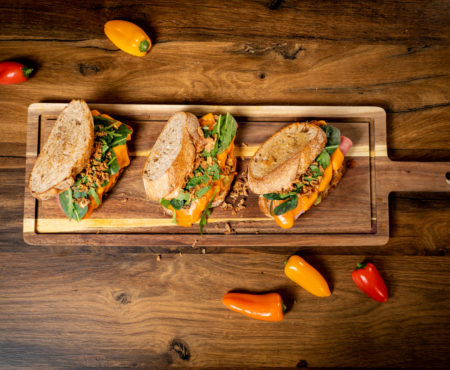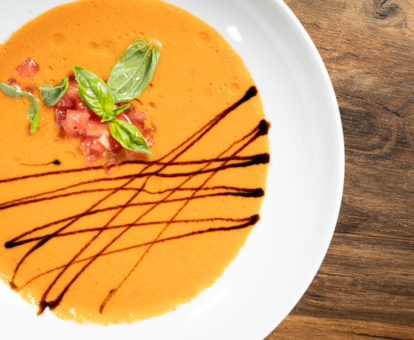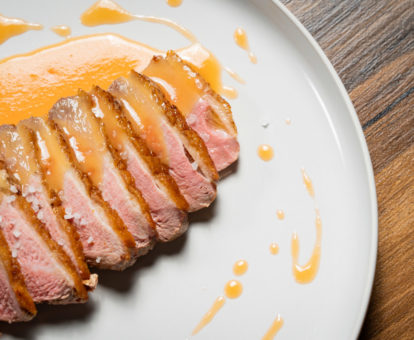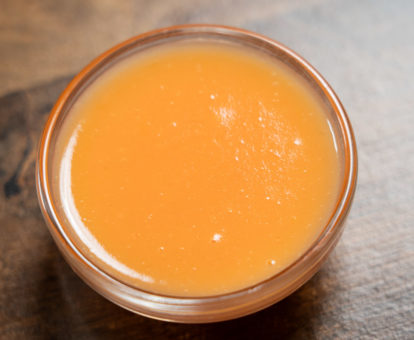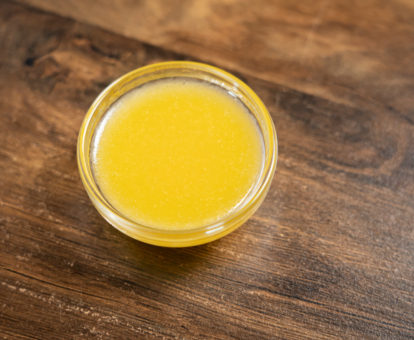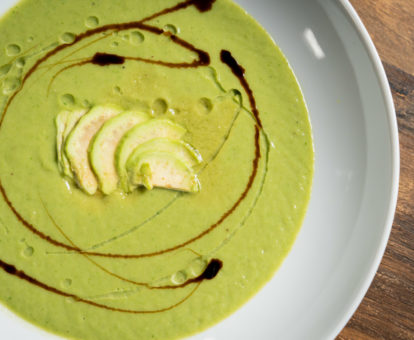Let’s make a Nepalese version of the Asian dumpling – Dim Sum. This recipe will allow you to diversify your dinner options with an interesting dish. These pork dumplings are as easy to make and steam as they are to eat. If you want to make this dish at home, follow this dim sum Asian Dumpling recipe and use the chef’s helpful tips.
Embark on a culinary adventure with this delightful Nepalese twist on the classic Asian dumpling - Dim Sum! These flavorful pork dumplings are a fantastic way to spice up your dinner routine, offering a perfect balance of savory filling and tender dough. Plus, they're surprisingly simple to prepare, making them an ideal choice for both novice and experienced home cooks alike. Follow our easy-to-follow recipe and indulge in the deliciousness of homemade dim sum right in your own kitchen!
Dim Sum Origin
Dim Sum originated in southern China, particularly in the Cantonese-speaking areas of Guangdong and Hong Kong. The term “dim sum” itself means “touch the heart” in Cantonese, reflecting the intention of these small dishes to please and satisfy. Dim sum has developed into a culinary tradition that features dumplings, buns, rolls, and various savory and sweet dishes.
Dim sum is not only a popular meal in China, but it has also become an integral part of Cantonese cuisine around the world and is enjoyed in restaurants and tea houses all over the world. The tradition of dim sum has also influenced other East Asian cuisines, and variations of dim sum can be found in regions such as Taiwan, Malaysia, and Singapore.
Ingredients for Dim Sum

- Flour: Use flour to make the dough for the dim sum and give them structure and texture.
- Potato Starch: It gives the dumplings a soft texture and makes them more elastic.
- Water: Combine water with flour and potato starch to make the dough for dumplings.
- Ground pork: It provides a savory flavor and succulent texture as the main protein component of dim sum.
- White cabbage: Used to moisturize the filling and give it a sweet flavor.
- Onion: Onions add richness and sweetness to the filling.
- Garlic: Adds aromatic flavor to the dish and enhances the overall flavor with garlic.
- Soy Sauce: Soy sauce makes the filling richer and saltier, balancing the taste.
- Rice vinegar: Complements the dumplings by adding a spicy and slightly sweet flavor to the sauce.
- Sesame oil: Sesame oil is used to add a nutty aroma and a depth of flavor to the sauce.
- Black and white sesame seeds: They add visual appeal and a subtle nutty taste to the dumplings.
- Fish sauce: Adds complexity and richness to both filling and sauce with fish sauce.
- Ginger: Balancing the richness of the pork, ginger adds a tangy and aromatic flavor to the filling.
- Green Onion: Onions provide freshness and a mild oniony taste.
- Thyme, rosemary, and parsley: Herbs that give flavor and depth to the dish.
- Worcestershire Sauce: Worcestershire sauce adds a tangy and savory flavor to the dish.
Dim Sum (Asian Dumplings) Recipe
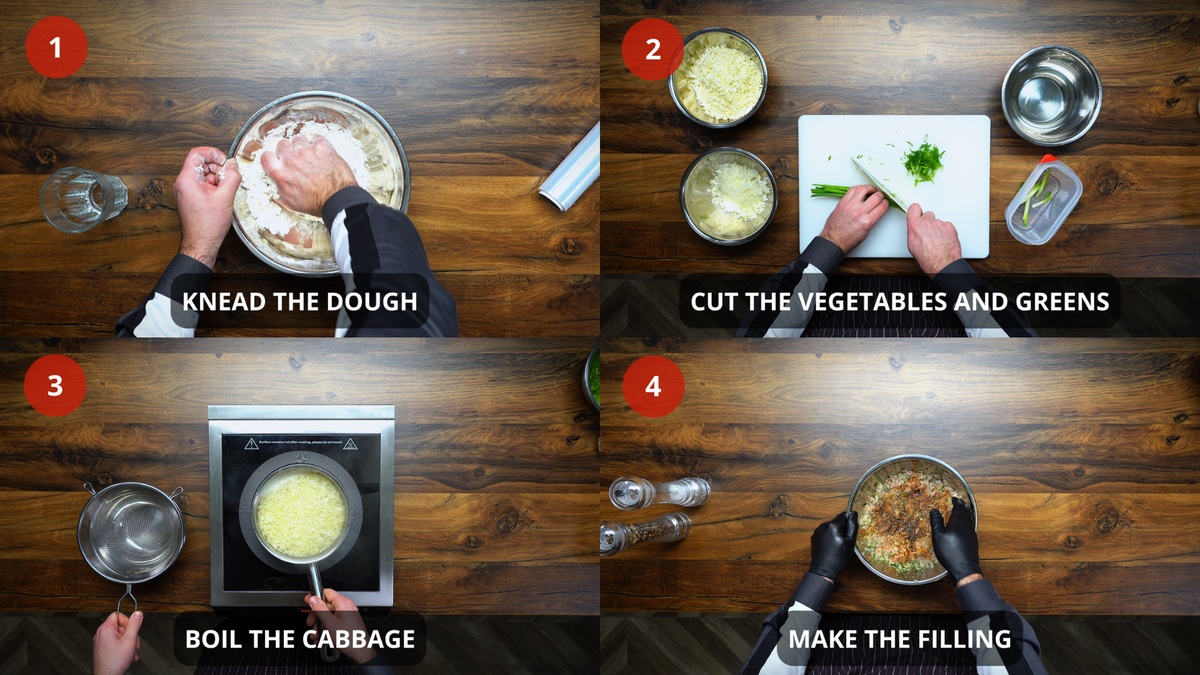
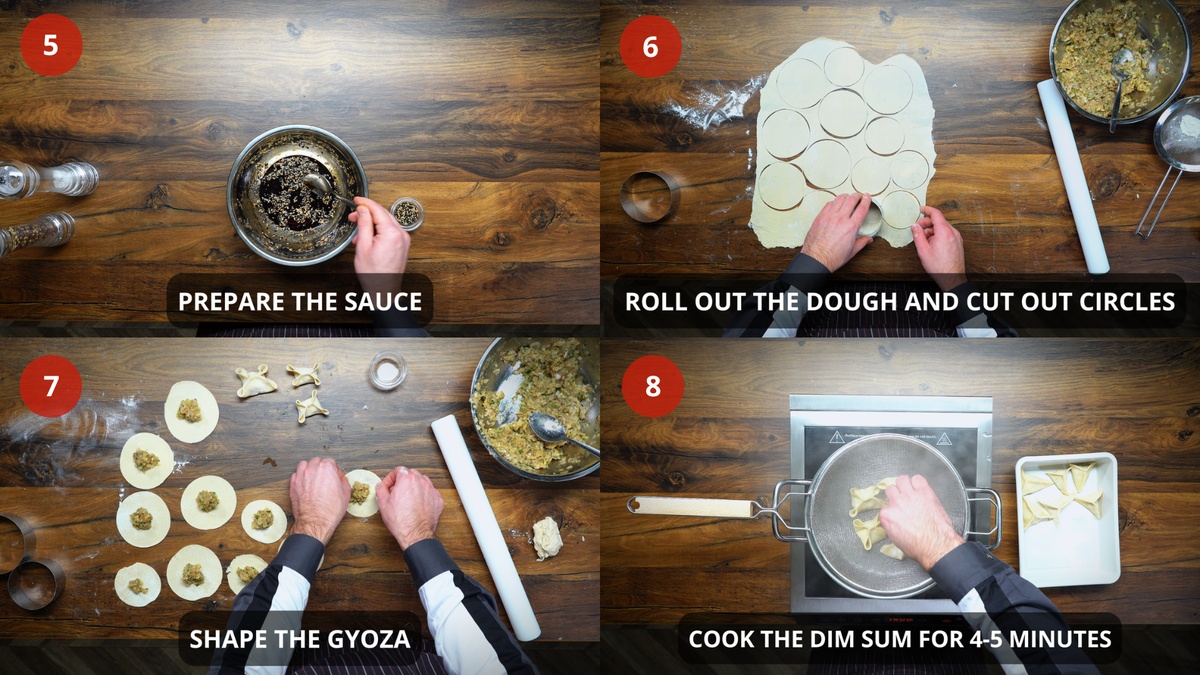
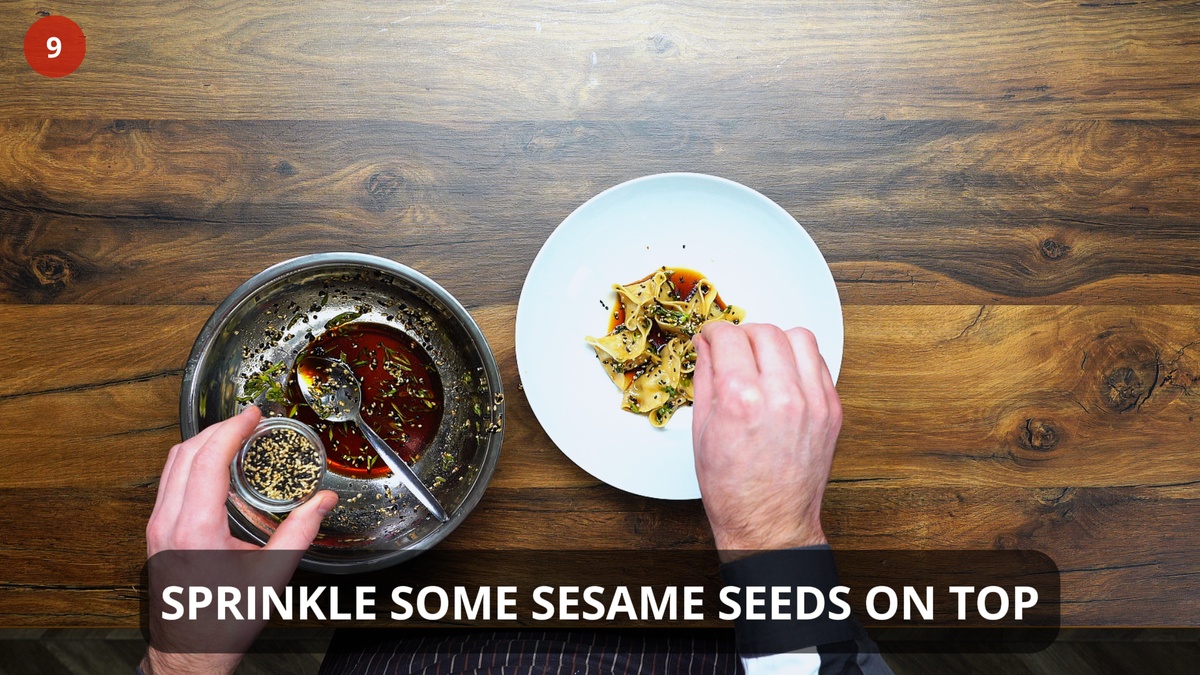
- To make the dough: Mix flour and starch, add water, and knead well. Wrap in plastic wrap and leave to rest for half an hour.
- To make the filling: Cut cabbage into cubes, garlic, and ginger into small cubes. Then, cut parsley and green onions into thin strips.
- Bring a saucepan of water to a boil, add the chopped cabbage, and cook for 3 minutes. Then, transfer the cabbage to a sieve to get rid of the moisture.
- To mix the minced meat: Add the onion, boiled cabbage, garlic, ginger, parsley, thyme, and rosemary sprigs to the ground pork. Stir and add soy sauce 1,06 ounces (30 g) and fish sauce. Season to taste with salt and pepper.
- To make the sauce: In a bowl, add rice vinegar, 1 ounce (30 g) of soy sauce, sesame oil, 2-3 drops of fish sauce, sesame seeds, salt and pepper. Mix and set aside.
- Then, remove the dough from the plastic wrap. Sprinkle flour on the table and roll out the dough with a rolling pin to a thickness of 2-3 mm and cut out circles with a cookie cutter.
- Place the ground beef (1 teaspoon) in the center of each circle and start making the dim sum (as shown in the photo).
- Put a saucepan with 1 liter of water on the stove and bring to a boil. Place a strainer on top of the pot according to the size of the pot. Place the dim sum in the strainer. Cover with a lid. Cook for 4-5 minutes.
- Transfer the dumplings to a plate, and for an extra touch, sprinkle some sesame seeds on top.
Chef Recipe Tips:
- If the ground meat is dry, you can add 0,08-0,4 ounces (5-10 g) of water or broth and mix well.
- The ideal ratio in each dumpling is 0,5 ounces (14 g) of filling to 0,4 ounces (12 g) of dough.
Can You freeze Dim Sum?
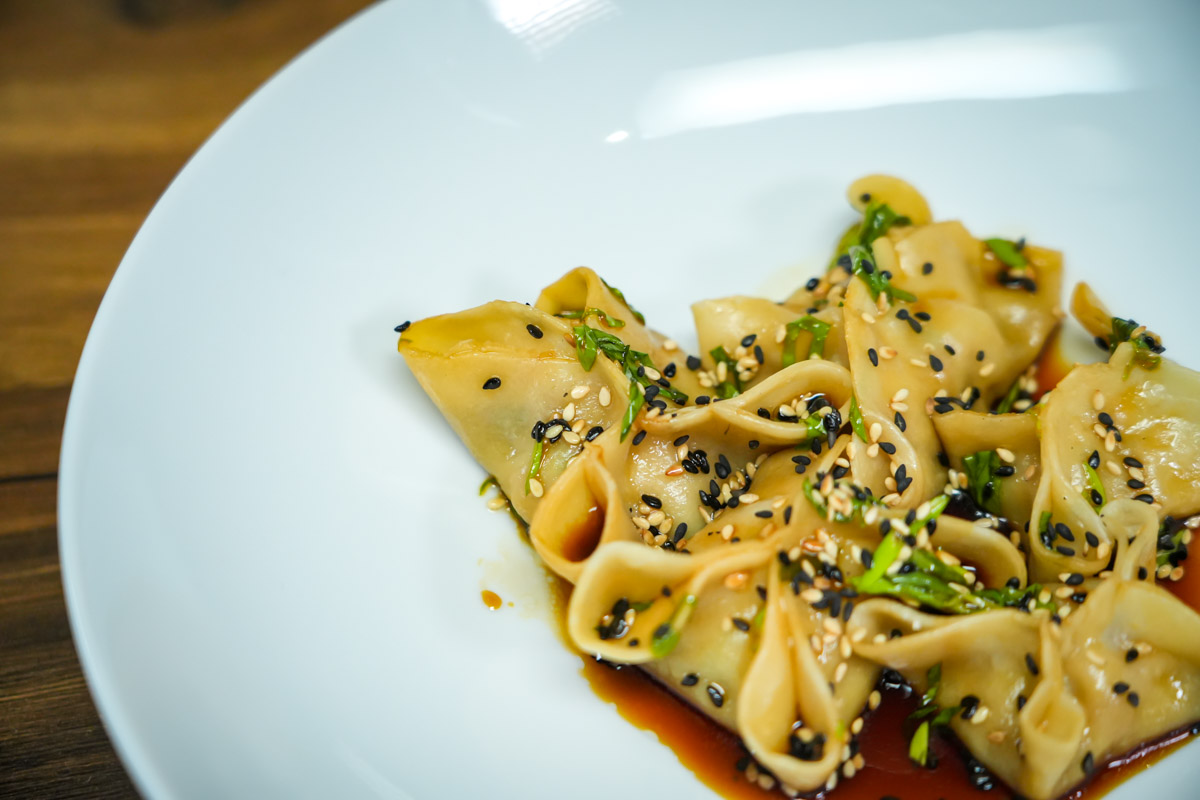
Yes, you can freeze it! You can make twice the amount of dim sum in one day, and then put the remaining portion in the freezer. To cook them after freezing, you can simply fry or steam them.
How to Store Steamed Pork Dumplings
You can store your leftover pork dumplings in an airtight container in the refrigerator for up to 2 days. When you are ready to eat, you can reheat them in the microwave oven sprinkled with a few drops of water.
What to Serve With Dim Sum?
Pork dumplings like these are usually served either as an appetizer or as part of a larger meal, although they can make a delicious main dish on their own. You can also serve dim sum dumplings with a side of steamed green vegetables such as bok choy, broccoli, or green beans.
A fairly balanced dish that would be suitable for a paleo lunch. However, I would recommend replacing regular white flour with whole grain flour to add valuable dietary fiber. Additionally, you can add an extra small portion of vegetables (despite the fact that they are already present in the recipe to some extent). I do not recommend this dish for breakfast or dinner (since pork is not very easy to digest, it should be consumed during the time of day when digestion is most active, which is during lunch). If your goal is weight loss, then monitor the portion size to avoid exceeding your daily calorie intake.

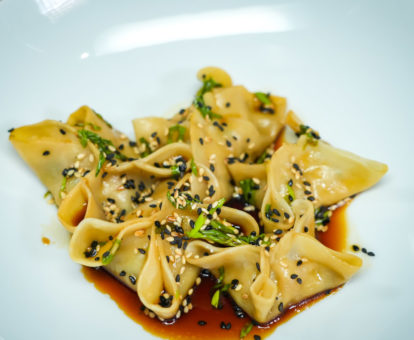
Dough: mix flour and starch, add water, and knead well. Wrap in plastic wrap, and leave to rest for half an hour.
Filling: cut cabbage into cubes, garlic, and ginger into small cubes. Cut parsley and green onions into thin strips.
Bring a saucepan of water to a boil, add the chopped cabbage, and cook for 3 minutes. Transfer the cabbage to a sieve to get rid of the moisture.
Mix the minced meat: add the onion, boiled cabbage, garlic, ginger, parsley, thyme, and rosemary sprigs to the ground pork. Stir and add soy sauce 1,06 ounces (30 g) and fish sauce. Season to taste with salt and pepper.
Sauce: In a bowl, add rice vinegar, 1,06 ounces (30 g) of soy sauce, sesame oil, 2-3 drops of fish sauce, sesame seeds, salt and pepper. Mix and set aside.
Remove the dough from the plastic wrap. Sprinkle flour on the table and roll out the dough with a rolling pin to a thickness of 2-3 mm and cut out circles with a cookie cutter.
Place the ground beef (1 teaspoon) in the center of each circle and start making the dim sum (as shown in the photo).
Put a saucepan with 1 liter of water on the stove and bring to a boil. Place a strainer on top of the pot according to the size of the pot. Place the dim sum in the strainer. Cover with a lid. Cook for 4-5 minutes.
Transfer the dumplings to a plate, and for an extra touch, sprinkle some sesame seeds on top.
* Percent Daily Values are based on a 2,000 calorie diet. Your daily values may be higher or lower depending on your calorie needs.
** Nutrient information is not available for all ingredients. Amount is based on available nutrient data.
(-) Information is not currently available for this nutrient. If you are following a medically restrictive diet, please consult your doctor or registered dietitian before preparing this recipe for personal consumption.
Powered by the ESHA Research Database © 2018, ESHA Research, Inc. All Rights Reserved
When making the dough for your dim sum, ensure it is rested adequately to allow the gluten to relax, resulting in a more tender and pliable texture. Additionally, don't be afraid to get creative with your filling ingredients! Experiment with different combinations of herbs, spices, and vegetables to customize the flavor profile of your dumplings and create a truly unique dining experience. And remember, practice makes perfect - so don't hesitate to try your hand at making dim sum until you find the perfect recipe that suits your taste preferences.

